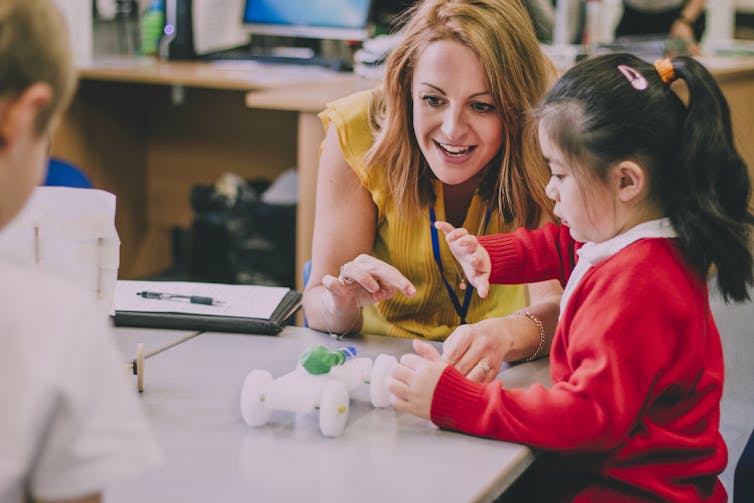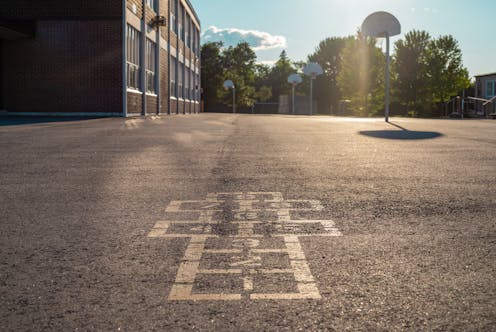Source: The Conversation (Au and NZ) – By Ellen Larsen, Senior Lecturer, School of Education, University of Southern Queensland
Pupil-free or student-free days may seem like an extra holiday for students and an inconvenience for parents, who are juggling work and family.
This week, some parents in New South Wales expressed frustration about the “burden” of these days.
It may even seem like they are “easy” days for teachers without classrooms to run and regular teaching duties.
The name, unfortunately, suggests students are not the focus for these days. But nothing could be further from the truth.
How many days do schools get?
The number of pupil-free days and exactly when these occur varies between states and school sectors.
For example, Queensland government schools have five, NSW has set aside eight pupil-free days, and Victoria is considering doing the same number.
Why do we have them?
Research consistently shows teachers do not have the time to do all the things they need to do in their working weeks.
A 2022 Monash University survey of primary and high school teachers found only 41% intended to stay in the profession. One of the main reasons cited was heavy workloads.

DGL Images/ Shutterstock
Teachers’ work involves much more than teaching in the classroom. It also includes planning, assessments and ever-increasing demands for data collection, administrative work and extra-curricular activities.
On top of this, they need to meet with or talk to parents about what is happening with their child and make sure they are meeting the needs of each individual student.
This means they already work more than they are paid for, either during the week or during school holidays.
When teachers are teaching, they need to keep their focus fully on their students and their families. But on top of this, they also need to fit in professional development to maintain and build on their skills, and meet annual registration requirements.
What kind of development is involved?
Pupil-free days allow teachers to stay up-to-date with curriculum changes and the latest approaches to teaching, including technological developments. This may involve training with outside experts, and importantly, opportunities to work together as a staff to share effective teaching ideas.
It also allows schools to improve what they do in the classroom and work on longer-term, school-wide strategies. For example, a schools’ anti-bullying or inclusive education policy.
When teachers do this professional learning together, it allows the whole school to improve and coordinate what they are doing.
Research also shows that working collaboratively is important for teachers’ wellbeing.
Pupil-free days also mean new teachers and new graduates can be properly inducted into the school and help them feel supported.
The bigger picture
We know we have a problem with retaining teachers in Australia.
They already face enormous pressures in terms of workloads, community expectations and in some cases, abuse from students and parents.
Pupil-free days provide crucial breathing room for teachers to focus on their professional learning and keep their approaches to teaching current. But they also ensure schools are teaching and supporting students as well as they can.
![]()
The authors do not work for, consult, own shares in or receive funding from any company or organisation that would benefit from this article, and have disclosed no relevant affiliations beyond their academic appointment.
– ref. Pupil-free days may be tricky for parents, but they are vital for teachers and schools – https://theconversation.com/pupil-free-days-may-be-tricky-for-parents-but-they-are-vital-for-teachers-and-schools-243475









